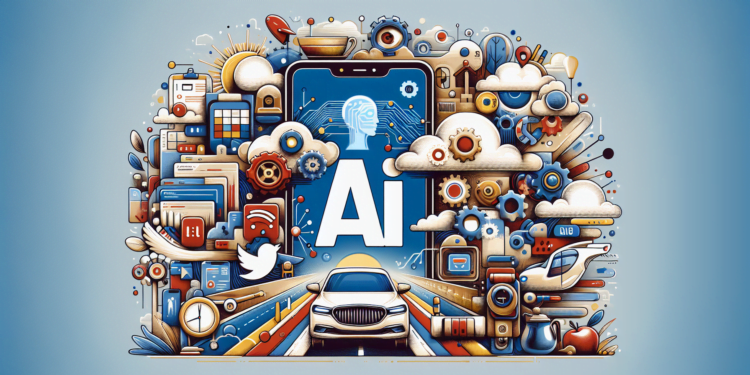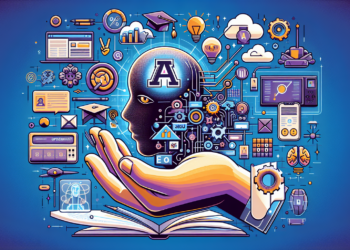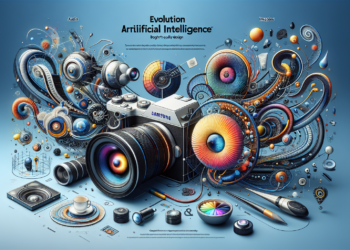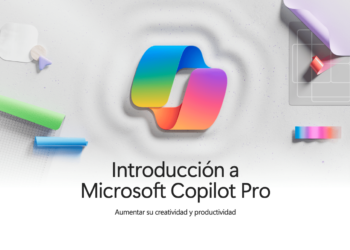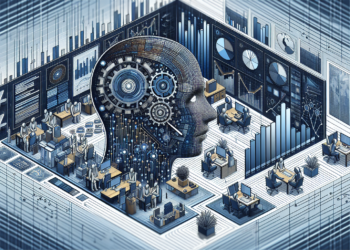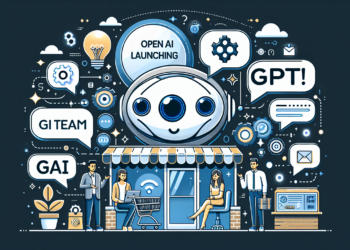Advancements in Smart Assistants: Microsoft Copilot At Your Fingertips
The evolution of intelligent virtual assistants has crossed a new horizon with Microsoft Copilot, a solution powered by the latest generation of artificial intelligence (AI) algorithms. This environment has become a cornerstone for human interactions with mobile devices and computer systems, pushing the boundaries of personal and professional efficiency. In this article, we will break down the complexities and technical refinements of Microsoft Copilot, exploring its integration into mobile devices and its role as a forerunner of a transformative paradigm in interactive computing.
The Core of Intelligence: Copilot’s Architecture
Under the hood of Microsoft Copilot lies a fusion of high-caliber AI-based language models, including GPT-4 and successor models, complemented by deep learning and reinforcement learning techniques. Its architecture focuses on natural language generation capabilities, contextual understanding, and behavioral adaptation, all optimized for operation in a mobile environment.
Advanced Natural Language Processing
One of the cornerstones of Copilot is its sophisticated natural language processing (NLP), which is highly efficient thanks to transformer neural networks with extensive attention and memory capabilities.
Transformer Neural Networks
The attention mechanism of these networks mimics the human cognitive focus to process input and output sequences, enabling high-precision text comprehension and generation. The Codification-Prediction-Adaptation (CPA) capability, an advanced iteration of the attention mechanism, gives the system the ability to construct proactive and contextually relevant responses, driven by continuous machine learning.
Continuous Machine Learning
The use of reinforcement and supervised learning strategies, where each interaction is fed back into the system to iteratively improve its recommendations and decisions, positions Copilot as a self-adaptive system. With every interaction, the model adjusts its internal parameters to refine its understanding and predictions of user needs.
Mobile Integration: Bringing Copilot Everywhere
Adapting such computationally intensive systems for mobile devices represents an engineering feat. Model optimization techniques, such as dynamic pruning, post-training quantification, and model distillation, are essential to enable smooth operability on the limited hardware of smartphones.
Model Optimization
Dynamic pruning selectively removes suboptimal neural weights, reducing computational load without significant performance degradation. Quantification reduces the numerical precision of calculations, and model distillation transfers knowledge from a large, complex neural network to a smaller and more efficient version, maintaining substantial analytical capabilities.
Mobile Deployment Strategies
Deployment approaches include cloud execution with synchronized responses to devices, as well as hybrid systems using device resources for less demanding tasks. Edge computing, which brings processing power closer to the end-user, is emerging as an ideal solution to balance performance and latency.
User Interface and Experience
Designing interfaces for Copilot use in mobile environments requires a careful balance between simplicity and functionality. The use of adaptive graphical user interface (GUI) components and multimodal input modalities, including touch, voice, and gestures, are tuned to ensure an intuitive and enriched user experience.
Use Cases and Practical Applications
The practical applications of Microsoft Copilot in mobile environments are vast: from personal assistants managing calendars and communications to business productivity tools automating report generation and data analysis. Personalization through transfer learning techniques allows Copilot to adapt to specific niches, such as healthcare, where it can assist in interpreting clinical histories and suggesting possible diagnoses.
Application in the Healthcare Sector
For instance, implementing Copilot in hospitals has been observed to improve the efficiency of clinical workflows, reducing the administrative burden on healthcare professionals. The system can extrapolate information from multiple data sources to generate accurate summaries of medical histories or suggest clinical pathways based on evidence and learning from previous cases.
Challenges and Future Directions
Despite significant advancements, challenges persist. Misinterpretation of user intentions and data privacy are critical issues that need to be addressed with a combination of technological improvements and regulations. The next generation of intelligent assistants will have to advance not only in language processing and machine learning but also in ethical decision-making and responsible autonomy.
Expected Innovations
We expect to see innovations that include greater self-awareness of the algorithm, even more refined emotional and contextual understanding, and the ability to handle cultural and linguistic nuances with higher accuracy. The convergence with other emerging technologies, such as augmented reality and quantum computing, could result in an even more radical transmutation of what a mobile assistant can achieve.
In conclusion, the inclusion of Microsoft Copilot in the mobile sphere is a testament to the agility and malleability of modern AI. This emerging horizon promises not only to transform the way we interact with our devices but also the very soul of human interaction with information and technology. Indeed, we are witnessing the apex of a disruptive shift, the embryo of future societies shaped in unison with omnipresent and omniscient artificial intelligences.

